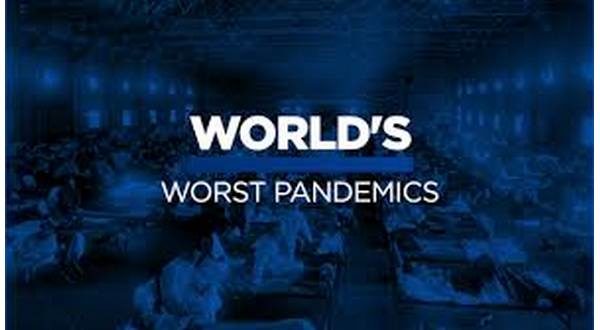
COVID-19 is not the first disease to cause widespread illness and deaths across the globe, but is most likely the first to cause such widespread disruption of daily life
The most widespread and deadly pandemic in history occurred in 1918-1919, when the Spanish Flu made more than 500 million people across the world ill and killed 50 million. On the other hand, the seasonal flu effects one billion people across the world and kills from 200,000-600,000 victims annually.

Photo: Spanish Flu, 1918-1919
SARS, the Severe Acute Respiratory Syndrome, hit in 2002-2003. There were fewer than 9,000 cases globally and 774 deaths. The same is true with MERS, the Middle Eastern Respiratory Syndrome. Only about 2,500 cases were reported, along with 864 deaths.

Photo: SARS, 2002-2003
SARS was followed by H1N1, known as the Swine Flu, in 2009-2010. Fully 24% of the world’s population was made ill, and 12,000 died.

Photo: H1N1, 2009-2010
Both MERS and SARS are listed as pandemic by some sources but not others.

Photo: MERS, 2012
EBOLA ran its course from 2014-2016. It infected about 29,000 people around the world and killed 11,300.

Photo: EBOLA, 2014-2016
Now, COVID-19 is changing the way millions of people live, with lockdowns and closures increasing daily. Experts have not yet predicted when the current pandemic might come to an end.
The chart below shows the numbers associated with several pandemics though history. KTLO news gathered the information from a variety of sources.
| Date of Pandemic | Disease | Global Cases | Global Deaths |
| 1918-1919 | Influenza | 500 million | 50 million |
| Yearly | Seasonal flu | 1 billion | 200,000-600,000 |
| 2002-2003 | *SARS | Fewer than 9,000 | **774 |
| 2019-2010 | ***H1N1 | 24% of Global Population | 12,000 |
| 2014-2016 | Ebola | 28,652 | 11,300 |
| 2020- | ****COVID-19 | 500,000 | 22,165 |
*SARS: Severe Acute Respiratory Syndrome
**- 8 U.S. Cases
*** Known as the Swine Flu
**** Coronavirus Diseases: Numbers correct as of 3-26-2020










